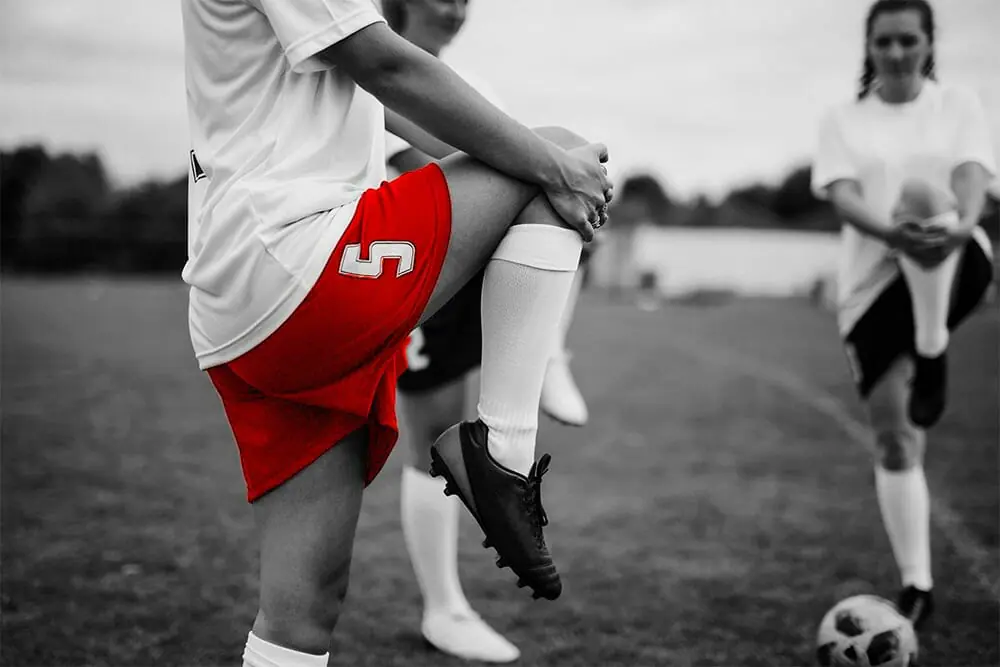ISSPF FACULTY MEMBER PUBLICATION
Chebbi S., Chamari K., Van Dyk N., Gabbett T & Tabben M (2020).
Journal of Strength and Conditioning Research
DOI: 10.1519/JSC.0000000000003505
The aim of this study was to determine the effect of implementing the Nordic hamstring exercise (NHE) to prevent hamstring injuries in soccer.
A professional team was followed by the same medical team during 5 successive seasons (2012/2013 through 2016/2017).
During the first and last seasons (2012/2013 and 2016/2017), no hamstring preventive action was implemented.
For the seasons 2013/2014, 2014/2015, and 2015/2016, a non-compulsory (few players refusing to participate) NHE prevention program was implemented with accurate recording of the players’ training and match exposure and attendance to the prevention sessions.
The first 10 weeks of the season were used to progressively increase the volume and intensity of the NHE exercises, and at the end of the season, players were split into low, moderate, and high-attendance groups for the prevention sessions.
NHE Prevention Program Results
Overall, 35 time-loss hamstring strain injuries were accounted for. The injury incidence was 0.30 per player per season, and the injury rate was 0.95 injury/1000 hour of exposure.
A non-statistically significant higher risk of hamstring injury was observed in the control, low, and moderate attendance groups compared with the high-attendance group.
The greatest risk of hamstring injury was observed in the low-attendance group (odds ratio 1.77, confidence interval 0.57–5.47, p = 0.32).
Implementing a NHE prevention program has a positive effect on the injury rate in a soccer team; however, the compliance of players with such interventions may be critical for its success.
How to Apply the NHE Program
- The implementation of the NHE or eccentric hamstring strengthening exercise if conducted correctly as part of a soccer club preventative strategy may be of significant benefit vs. the fight against hamstring injuries and fatigue resistance.
- Compliance and soccer player ‘buy-in’ to the exercise and protocol is key to the preventative strategy.
- Education provision for the players is key to understanding when and why to perform.
Share this article:








